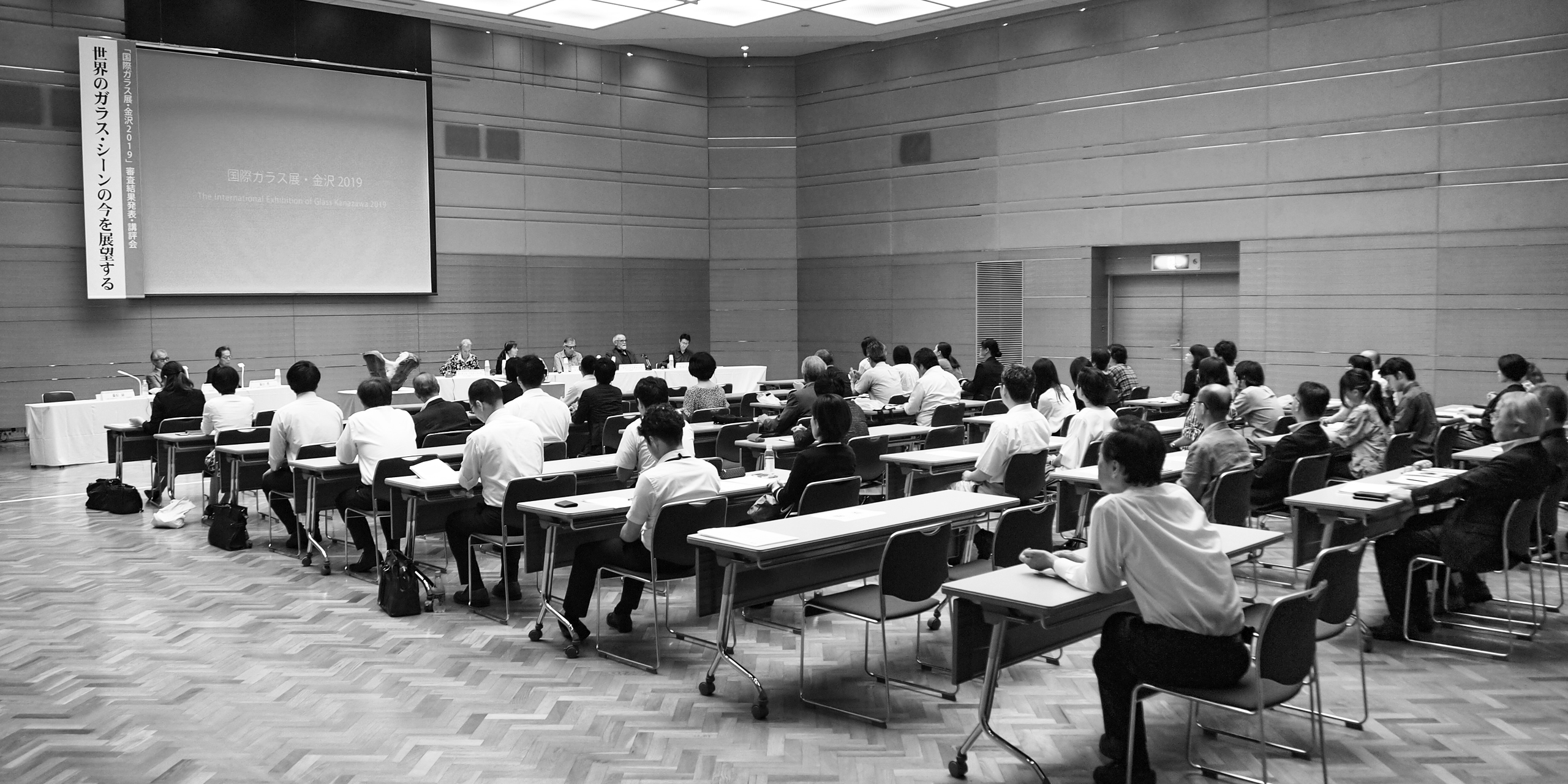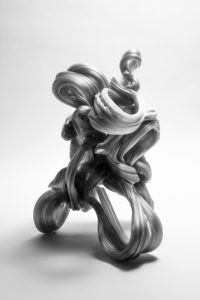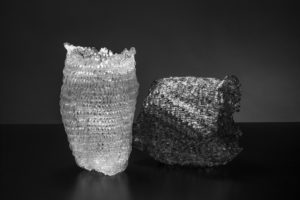Panel Discussion

Comments on the Silver Prize winners(2/2)

Amorphous19-1
H53×W35×D36
2019
横山 翔平
YOKOYAMA, Shohei (Japan)
TAKEDA ───── Thank you. I would like Mr. Musler to comment on the work by Shohei Yokoyama. Mr. Musler has become quite attached to this work.
Audience ───── May we know the sizes of the works?
LAURSEN ───── That is a very good question.
FUJIHARA (MC) ───── Tsukada’s work is 60.8cm high, 54.6cm wide, and 46.2cm deep. Jang’s work is 62cm high, 62cm wide, and 15cm deep. Yokoyama’s work is 53cm high, 35cm wide, and 36cm deep.
TAKEDA ───── Is that all right for now? As this is important information, from the next work on, Secretariat, please let us know the size.
Mr. Musler, go ahead.
MUSLER ───── When I first saw this piece, I was drawn to it from across the room. On closer inspection, I realized that the glass was only half heated as it melted in a furnace, and it was not melted all the way through. There are a lot of bubbles in the glass. It is hard to work on at that stage, but I think the artist got the right temperature. The outcome is quite amazing; half-heated glass leaving green-grey streams running through the twisted form. It immediately reminded me of the ancient bristlecone pine trees grown in the mountains in California. Some of them are over 6000 years old. It is very attractive.
I insisted that the Silver Prize should go to this work, so much so that all the other jurors came to be impressed by this work as well.

線の軌跡’18
Transition of Line ’18
H38×W56×D36
2018
竹岡 健輔
TAKEOKA, Kensuke
(Japan)
TAKEDA ───── One more work by Kensuke Takeoka is awarded the Silver Prize. The work consists of two pieces of about the same size which look like glass mesh, one standing and the other lying.
SHIHO (Secretariat) ───── The two pieces together are 38cm high, 56cm wide, and 36cm deep.
TAKEDA ───── I would like Ms. Laursen to comment on this work.
LAURSEN ───── I would like to start with the words of the artist of this Silver Prize winning work, Kensuke Takeoka. The title of the work is “Transition of Line ‘18”. Now I quote the artist: “When I develop my work from a 2-D design into a 3-D object, the various line patterns, crossing over and overlapping each other, begin to dance softly because of the heat. I find these processes very interesting. I am intrigued with forms made by plasticity. I used monochrome to emphasize the line shapes.”
The two works by Kensuke Takeoka are extremely interesting and powerful in how they play with patterns and forms, a play as old as time and intercultural heritage. They resemble baskets and could be woven or made by hand from textiles, plants, metal or ceramics. And yet they take the pattern of lines into the present by using new technology, new aesthetics and by giving glass new opportunities in our cross-over culture. I would like to congratulate Kensuke Takeoka with his results and look forward to seeing his future works. Our artist is very young, 22 years old and very talented, so we are very much looking forward to his future.
